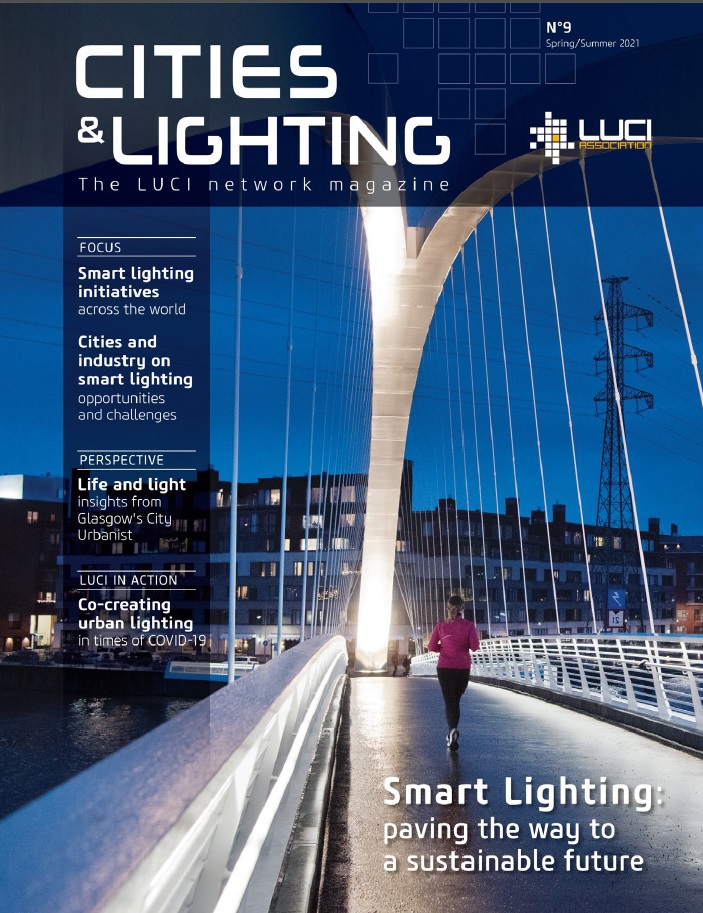Opinion on Smart Lighting: « How can cities coordinate the whole process of development to becoming a smart city? »
By Zoltán Pap, Managing Director, Budapest Flood and Public Lighting Company – BDK (City of Budapest)
We asked leading city representatives and industry partners to share their views on opportunities and challenges regarding the next steps for smart lighting. They were published in the ninth issue of Cities & Lighting, out Spring 2021.
These days everybody is talking about smart cities, but are we smart enough to describe what we mean by a smart city? The ideas vary, approaches are different. Probably we have at least one aspect that we can agree upon: smart lighting is an important part of developing a smart city, but smart lighting is far from the only aspect.
The challenges are great, but it is also an opportunity: through smart lighting we can reduce energy consumption, decrease the CO2 footprint of a city, we can adapt lighting to the needs of the local population (dimming in small hours, increasing lighting levels in case of an accident, adaptive lighting according to the traffic, or special needs, like ambiance), and we can rationalise the service costs through remote control options. And of course 5G is knocking on the door if not already entered the room. Lighting poles are optimal infrastructures for placing the 5G infrastructure.
As far as I am concerned, the main challenge for cities is how to coordinate the whole process of development to becoming a smart city, especially technologically. How to establish a city owned and coordinated IT infrastructure backbone with secure but open protocol systems, one that ensures all stakeholders access in a free and competitive way, and one that takes into consideration the needs of the city, the service providers and the citizens. In most cases cities cannot afford it financially. Without this wide IT infrastructure, a city cannot supervise and control the various aspects of different stakeholders, and it results in isolated and parallel – therefore inefficient – structures.
Regarding only lighting itself, there are as many questions and challenges as there are cities. There are significant differences between cities, for example:
- The ownership of the infrastructure (cable network, poles, luminaires) varies greatly between the city, the electricity provider, or both jointly.
- The different stages of development of the lighting system, ranging from Mercury, HPS, fluorescent lamps, to LED, all in different ratios.
- Differing physical conditions of the network, ranging from brand new low voltage cables with glass fibre optics, to 50-year-old paper covered cables.
- Varying approaches to 5G, needs for e-mobility and smart poles.
- Whether there is 0-24hr access to electricity on public lighting networks or access only during lighting operating hours.
- And the main issues: lack of financing and short-term priorities instead of long-term perspective thinking.
The Municipality of Budapest has approved a framework strategy for developing a smart city that intends to coordinate the co-operation of all stakeholders, focusing on a proactive city governance, smart people, smart economy, sustainable resource management, smart mobility and quality of city life.
Read more opinions on challenges & opportunities brought by smart lighting here.



 (
(